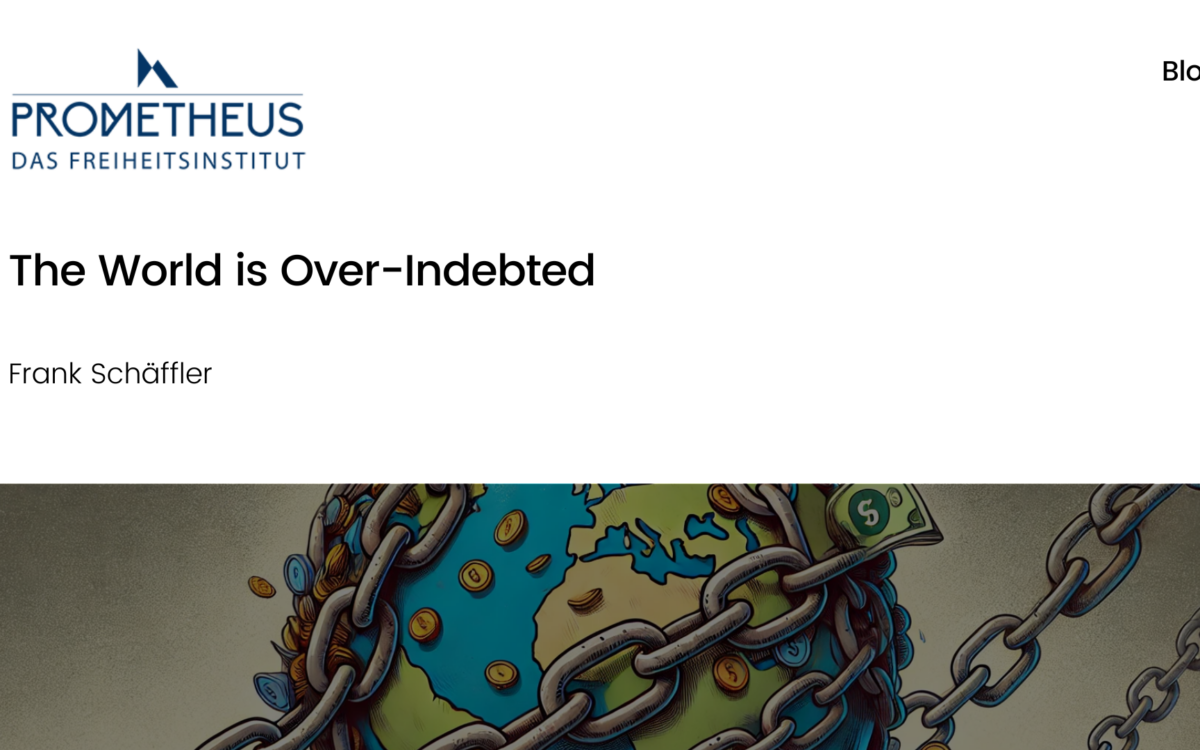Why European Firms Can’t Compete with SpaceX

Why European Firms Can’t Compete with SpaceX
Frank Schäffler // 8 July 2024
I came across a statement that surprised me with its boldness. It claimed that in 2008, the economic strength of the eurozone was roughly at par with that of the US. Today – 16 years later – the economic strength of the US is twice as much as that of the eurozone. Although I realise that the US’s economic development is more dynamic than that of old Europe, a twofold increase nevertheless seemed exaggerated. On closer inspection, the statement is almost correct if one assumes nominal values in US dollars (USD). Given this assumption, in that period the eurozone had achieved growth of only 9 per cent by the end of 2023 . The US, however, achieved 82 per cent. In absolute figures, the US was able to increase its economic power by more than $12,000 billion from the same starting point in 2008, while the economic value of the eurozone increased by only $1,200 billion.
Economic comparisons between national economies are not easy. For this reason, we need to carefully define the base year, real economic power (adjusted for inflation), and purchasing power used in such comparisons. Refining these parameters better reflects true development.
The picture between the eurozone and the US is somewhat more differentiated if we consider these parameters. Between 2008 and 2022 , the US economy grew by 28 per cent in real terms ($4,550 billion, base year 2015, purchasing power not considered), while the eurozone grew by 13 per cent ($1,493 billion). In contrast to the nominal analysis referred to at the beginning, the two regions did not start 2008 with the same GDP . In 2008, the US had a real GDP of over $16,000 billion, while the eurozone only had $11,500 billion. This means that the eurozone was already 40 per cent behind the US economy at that time.
But today, it is behind by 60 per cent. That is dramatic. The EU as a whole is losing ground. In 2008, the gap between the US and the eurozone’s GDP was 24 per cent; today, it is 37 per cent. One reason for the slow development of the eurozone and the EU is that large countries such as Italy and Spain have not grown at all in these 16 years, and France has only grown slightly. These were lost years, which made the eurozone’s economic drifting apart an issue for its single currency. The EU Commission’s plan to make up for this shortfall with a government economic stimulus programme (‘Next Generation EU’, €750 billion) is highly questionable . Germany is also weakening.
If you compare the US with Germany, the latter doesn’t look good. In 2008, Germany’s economic power was only 19 per cent of that of the US. In 2022, it was only 17 per cent. US’s success is compounded (possibly also causally) by the fact that their population has grown from 310 to 340 million people in the period under review. Today, real GDP per capita in the US is $19,500 higher than in Germany. In 2008, it was $15,500. It appears that we are becoming relatively poorer – at least in relation to the US.
What are the causes? First and foremost, it’s the lack of growth. The US economy is growing faster than the German and most European economies. This has been occurring not just for a few years, but over a long period of time. Growth leads to prosperity –prosperity for all.
However, growth can only occur when entrepreneurs innovate and generate capital. This is the crux of our economic weakness. In Germany, but also in the EU, many believe that the state must provide capital to realise the right ideas. This is why chip factories are subsidised and industrial plants have been converted to produce green steel. The state even helps support battery factories. The US does this too, but it is less bureaucratic, faster, and therefore more efficient.
But the real reason for their growth is that there are more entrepreneurs in the US who venture into new economic domains. This does not exist in Germany – or rather not to the same extent. In Germany and the EU, doubters have the upper hand. The EU's AI Act is an example of this development. The first thing people think about in this country is this: how do we contain the development of artificial intelligence so that misuse can be prevented? The focus is not on the opportunity but on the dangers.
The fact that several billionaires in the US are fighting to see who can first transport private individuals to space would be unthinkable here. The EU Commission and the European Space Agency (ESA) do not understand that this battle is also creating competition for private space travel. The focus here is on state solutions that are inefficient, expensive, and, therefore, less in demand. While Elon Musk’s rockets can be recycled and are therefore efficient, readily available, and cheaper, the launch of ESA’s Ariane 6 rocket is still in progress. The launch was planned for last year, but now, the first launch is scheduled for mid-2024. Let’s see if that works out. It will replace the Ariane 5 rocket, which has been in use for almost 30 (!) years. This wasteful mentality costs us growth and, therefore, prosperity – not only for the country but for all of us. The answer to this can only be more entrepreneurial courage and less government.
This article was originally published by Prometheus in German.
EPICENTER publications and contributions from our member think tanks are designed to promote the discussion of economic issues and the role of markets in solving economic and social problems. As with all EPICENTER publications, the views expressed here are those of the author and not EPICENTER or its member think tanks (which have no corporate view).



